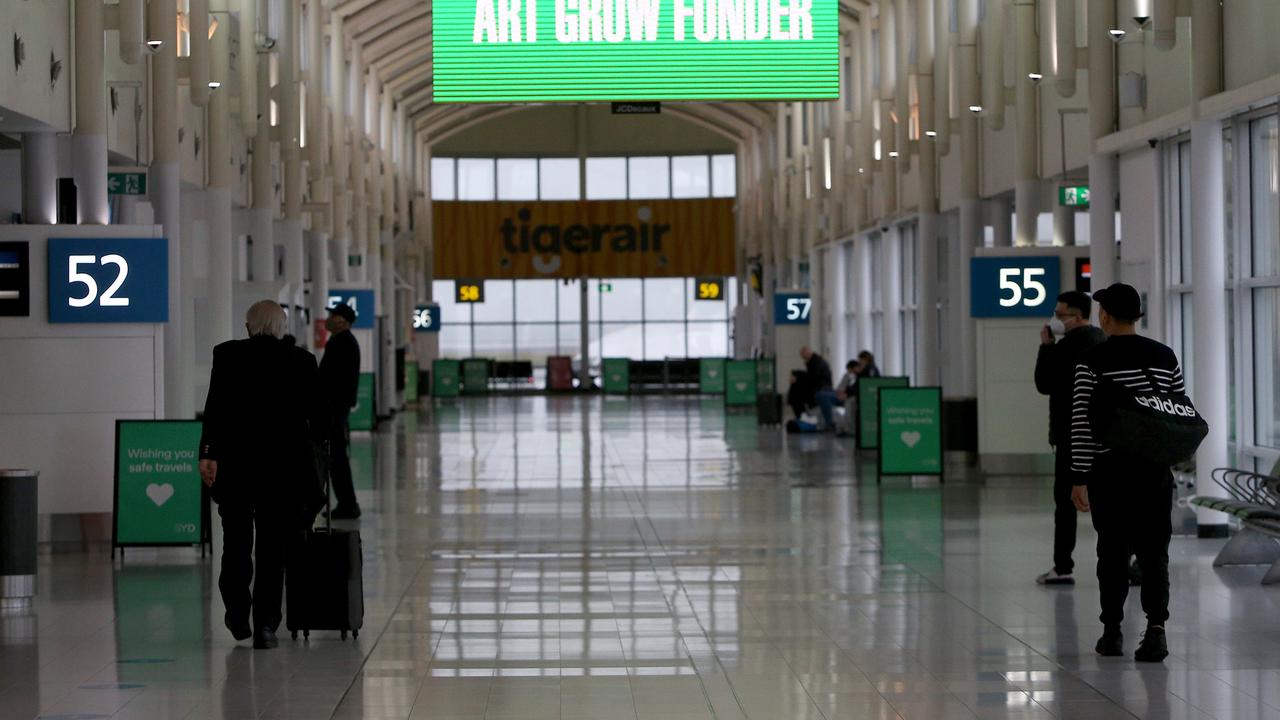Big banks given more time from industry watchdog to beef up the books
They’ve weathered a bruising couple of years, but Australia’s big four banks have a friend of sorts in the industry watchdog. It has just given them yet another leg-up — more time to beef up their books. Here’s what it means.
Business
Don't miss out on the headlines from Business. Followed categories will be added to My News.
Australia’s battle-weary big banks have received another leg-up from the industry watchdog — more time to raise funds that will help cushion them from the next financial crisis.
The banking regulator says it still expects the nation’s major lenders to fortify their books, beefing up the amount of funds they hold relative to the amount they lend out.
But it has lowered the bar it expects them to jump in coming years and says they will have more time to build their capital to the levels it had previously flagged.

Higher capital levels effectively provide more hardy shock absorbers in the event of a financial crisis.
As more borrowers default in times of stress, the banks have more cash available to cover the cost and ride out such events.
The Australian Prudential Regulation Authority said yesterday that, by 2024, the big banks would need to boost their capital relative to risk-weighted assets by three percentage points.
Risk-weighted assets is broadly a reference to the sums banks have loaned out, weighted according to the risk of those loans.
The watchdog last November flagged plans to make the banks increase their capital levels as a proportion of such assets by four to five percentage points by 2024.
That meant that collectively, the big four — the Commonwealth Bank, Westpac, ANZ and National Australia Bank — would have needed to tap investors for $75 billion.
Under the revised proposal, they are expected to increase their combined capital by about $50 billion over that period.

Despite the lower threshold, shares in all four banks dipped yesterday.
In a research report, Fitch Ratings analysts said bank profitability was “already under pressure from Australia’s low interest-rate environment, (and) will get no respite” from the revised rules.
But the banks “may seek to mitigate higher funding costs” by lifting interest rates on loans, they said.
The watchdog said in a statement that the four banks would still be expected to increase their capital by four to five percentage points in the longer term, but over the next four years it would consider the “most feasible” method for them to hit that target.
Banks had raised concerns their funding costs would rise under the original plan, and they might have had to accordingly increase interest rates.
APRA deputy chair John Lonsdale said yesterday that under the revised plan, “overall funding cost increases can be expected to remain small”.
The regulator has said it expects banks will raise most of the extra funds by increasing so-called Tier 2 capital — loosely, a form of “bail-in” funding borrowed on a long-term basis from institutional investors.
Such funding is intended to reduce the risk of taxpayers having to bail out banks.
Mr Lonsdale noted that, during the global financial crisis a decade ago, taxpayers overseas “had to bail out large banks”.
MORE: WESTPAC FORCED TO REPAY TENS OF MILLIONS OF DOLLARS
BIG MAC WARNS OF EARNINGS SQUEEZE
Australia’s banks have weathered difficult conditions in recent years as house prices have fallen and amid intense scrutiny at the financial services royal commission.
In an attempt to shore up the housing market, APRA this month formally diluted the stress test it requires banks to apply to home loan applications.
The watchdog last year scrapped a cap on growth in lending to property investors, and a cap on investment property loans as a proportion of total mortgage lending.


